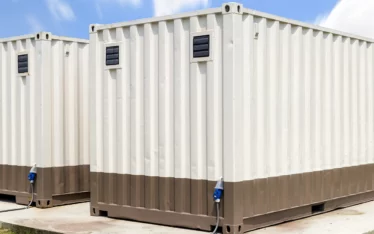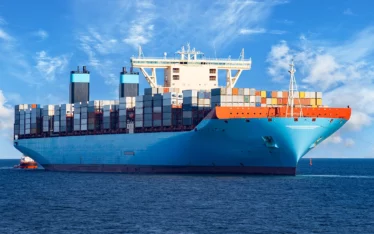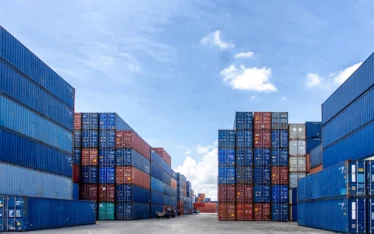A sea shipping container is a container that withstands shipment, storage, and handling stress. Sea containers range from large reusable steel boxes for intermodal shipment to corrugated boxes. In international freight, a sea container is synonymous with an intermodal freight container, aka a “sea can” or a Conex box.
These containers are intermodal because they can move between transport modes without unloading and reloading goods. They can come from sea to rail or road without opening them. These boxes protect cargo from shock and poor weather conditions that can damage cargo.
This post discusses these freight boxes in detail. We shall examine their sizes, types, how to choose them, and more.
1. Sea Container Types and Sizes
Sea containers or Conex boxes are suitable for different types of dry cargo. This section explores the various types you can choose depending on your needs.
- Dry Storage Shipping Containers
These shipping containers are the typical standard shipping boxes. They are made of steel and are hermetically sealed. They don’t have cooling or ventilation facilities. These boxes have various measurements of 20ft, 40ft, or 40 ft high cubes. This high cube class has a 13% additional internal cubic capacity and handles the heaviest loads.
- Open-Side Shipping Containers
These boxes have the exact measurements as the standard containers. You can find them in 20ft and 40ft dimensions. They only differ because they have a side opening. This opening makes them suitable for shipping long merchandise with dimensions that could prevent it from loading using the backdoor.
- Refrigerated Shipping Containers
Refrigerated containers have temperature control facilities. They have power supplies connecting to energy sources during cargo transportation. This power supply allows transit goods to enjoy constant temperature. They come in 20 and 40 ft models, plus high cubes.
They can have low temperatures from -18 ° to 30 °. They are ideal for moving perishable goods like fish.
- Open-Top Shipping Containers
These freight containers have the exact dimensions of standard containers except for their removable canvas roofs. They are ideal for transporting heavy loads.
- Flat-Rack Shipping Containers
They are like open-top but don’t have side walls and, sometimes, front and rear walls. They are used for shipping abnormally large loads.
- Ventilated Shipping Containers
These containers are suitable for moving items like coffee or cocoa beans that need ventilation during transportation. That’s why sometimes they’re called coffee containers.
- Tank Shipping Containers
Tank containers are used for transporting liquids. They are designed to carry dangerous substances like toxins, corrosives, and highly flammable chemicals. The boxes also carry oil, wine, and mineral water.
They share measurements with dry shipping containers, except their structure includes a polyethylene tank. They are superior to conventional tank vehicles because they have a large capacity, they are safer, and loading or unloading them is easier.
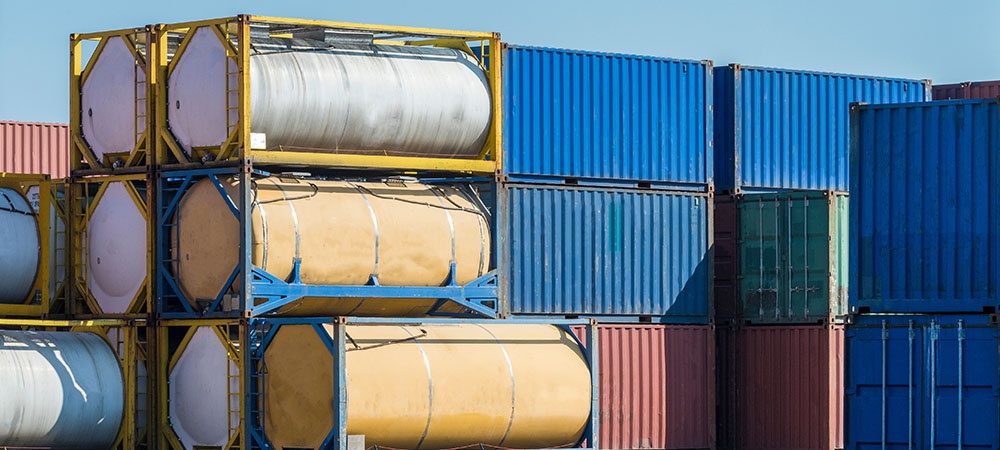
2. How the Containerization Process Works?
You are abreast of the different sea container types, ideal uses, and dimensions. Let’s discuss what happens when loading containers for export. The containers undergo the following procedures to ensure the loading process runs smoothly:
- After a shipper collects your shipment and takes it to one of their local depots to prepare it for loading onto a container.
- The shipping company transports the cargo to a central hub where they load it onto a container and securely bolt and seal it until it arrives at its destination.
- The company then transports the container to the port for loading onto a ship and sets off toward its destination.
- You can monitor your container live using your online dashboard at this stage.
3. How to Choose a Sea Shipping Container?
Sea containers serve various purposes based on users’ individual needs. Here are insights to help you choose a suitable sea container.
- Purpose
Your intended use will significantly determine the container you will choose. User needs may vary from storage, housing, and transportation. For instance, if you wish to ship items abroad, you will require a watertight container that can withstand wind and other inclement weather conditions. In this case, a shipping container that has served for 10 years won’t be suitable. Inversely, if you need a container for storage or repurposing, a shipping box aged 10-15 years may still serve you well.
- Usage Duration
How long you wish to use a container also determines your overall choice. For example, renting makes more sense than buying if you have a tight budget and need a shipping container for a short time.
- Budget
Your budget also affects your container choice. Used boxes are cheaper to buy than new ones. However, ensure their used condition is good enough to accommodate your needs. If your budget enables you to rent one instead of buying, do so accordingly and vice versa.
- Your Specifications
Do you have any special specifications regarding container size or type? This factor also influences your buying or renting choice. Most shipping companies have standard shipping containers as the most commonly available choice.
Under this category, you can find containers for general purposes, side-open containers, and high cube boxes. Standard containers measure 10ft, 20ft, and 40ft. They are also available in special sizes.
- The Need for Special Features
Your need for special container features also determines your container renting or buying choice. Some unique features include insulation or temperature control to protect temperature-sensitive cargo.
Alternatively, you might need a shipping container for transporting bulky goods. You can get appropriate containers suitable for various uses for all these specialized requirements. These boxes include
- Hazardous goods boxes.
- Insulated shipping containers.
- Refrigerated shipping boxes.
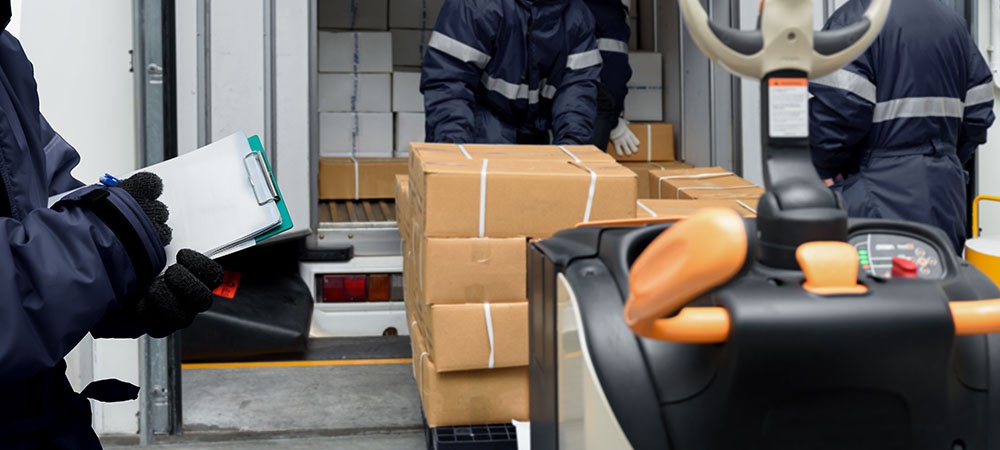
Parting Shot
Sea shipping containers are critical in facilitating international and local trade. These boxes come in different types and are suitable for various purposes. You can also find them in different measurements depending on your needs. Choosing a sea container requires considering many factors to get the right one for your needs.
Do you have any lingering questions about sea containers? Don’t hesitate to shoot them at us. Go ahead and contact us for a free estimate and consultation.


